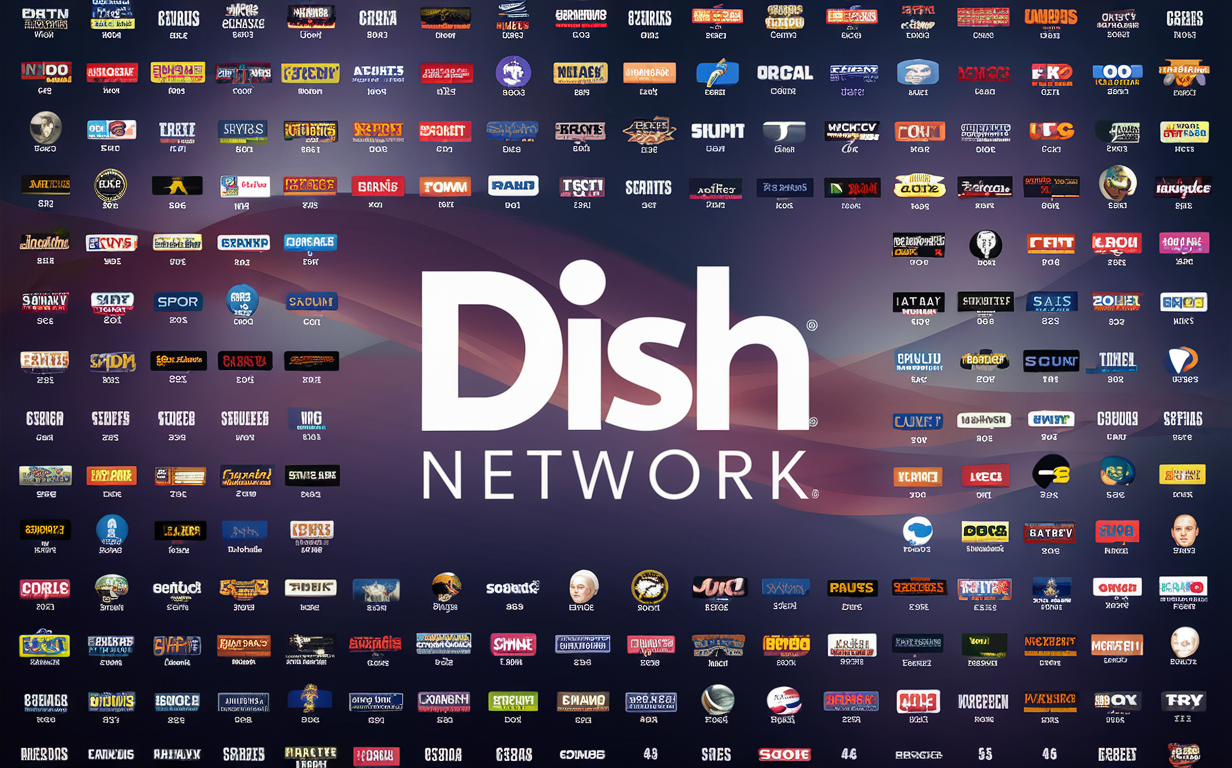
For decades, DISH Network —a major participant in the satellite television market—has been a household brand. Once leading the pay-tv scene with its wide spectrum of channels, competitive price, and technical breakthroughs, DISH Network But there has been increasing conjecture about the company's viability in recent years. Many are left wondering: is DISH Network on the decline given changing customer tastes, growing competition, and financial difficulties?
The Changing Television Landscape
Over the last ten years, the television business has seen notable changes. Consumers' access and consumption of material has changed as streaming services such as Netflix, Hulu, Amazon Prime Video, and Disney+ have grown. Attaching to a generation that values ease and immediacy, these platforms provide on-demand streaming, original content, and typically more flexible pricing options.
The most affected traditional pay-tv providers—including DISH Network—have been this change. With millions of homes switching from conventional cable and satellite subscriptions to streaming services, the idea of "cord-cutting" has become even more popular. eMarketer projects that by 2024 the U.S. cord-cutters count will climb to 55.1 million. For DISH Network, which mostly depends on subscription income, this development presents a major obstacle.
Financial Performance and Subscriber Trends
Examining DISH Network's financial results closely exposes some alarming tendencies. The company's subscriber base has been steadily declining. From 8.10 million in the year before, DISH Network stated by the end of 2024 around 7.42 million pay-tv members. This drop both reflects particular firm difficulties and more general industry tendencies.
Revenue has also faced challenges. With an 8.7% year-over-year decline in income, DISH Network's $3.15 billion third quarter of 2024 Losing subscribers, less advertising income, and more competition help to explain the drop in income. Rising program expenses and sporadic service interruptions have also made it difficult for the organization to keep its current clientele.
Strategic Shifts and Diversification Efforts
Reacting to these difficulties, DISH Network has started various strategic projects meant to diversify its company and change with the dynamics of the market. The company's entry into the wireless sector has been among the most important changes. DISH bought Boost Mobile in 2020 to join the prepaid cellular market. Using its large spectrum holdings, this purchase represented a vital turn in DISH's strategy to create a national 5G network.
Using the wireless joint, DISH Network may leverage the growing demand for mobile services and open a possible development path. Still, creating a 5G network from nothing is a difficult and capital-intensive project. The success of this endeavor will rely on DISH's capacity to carry out its strategies effectively and face established companies such as Verizon, AT&T, and T-Mobile.
Technological Innovations and Product Offerings
Notwithstanding the difficulties, DISH Network is developing and improving its range of products. The business has made investments in cutting-edge technology to enhance consumer viewing quality. Modern DVR technology the DISH Hopper 3 supports 4K Ultra HD video and lets consumers record up to 16 programs concurrently. DISH has also included well-known streaming services onto its platform so that consumers may have a hybrid experience combining streaming with conventional TV.
Using more flexible and reasonably priced channel packages, DISH Network has also embraced the idea of "skinny bundles." These bundles satisfy cord-cutters tastes for a simplified choice of channels free from the heavy cost of conventional pay-TV subscriptions. DISH wants to keep its current clients and draw in more by customizing its products to fit consumer tastes.
Competitive Landscape and Market Position
The television and telecoms sectors have a very competitive scene. Not only do conventional cable and satellite providers compete with DISH Network, but streaming behemoths and telecom firms also do. While streaming alternatives undermine the conventional pay-TV basis, rivals like DirecTV, Comcast, and Charter Communications are fighting for market dominance.
Further driving competition is the rise of virtual MVPDs (multichannel video programming distributors) such as YouTube TV, Hulu + Live TV, and Sling TV—owned by DISH Network. Often for less than standard satellite and cable bundles, these firms provide live TV channels via the internet. The company's attempts to hold a piece of the expanding streaming industry depend on DISH Network's own Sling TV, which has been a shining point.
Regulatory and Legal Challenges
Legal and regulatory issues DISH Network has also faced have affected its business practices. Arguments over carriage costs between content providers have often resulted in blackouts, therefore compromising consumer retention and satisfaction. Regulators have also been closely examining the company's wireless spectrum holdings and industry standard compliance.
Future Outlook and Prospects
Although the DISH Network encounters major challenges, the corporation has plenty of prospects for its future. If carried out properly, the wireless partnership may establish DISH as a major actor in the telecom sector. By integrating 5G technologies, the company's business model might be diversified outside of conventional Pay-TV and offer other income sources.
Moreover, DISH's emphasis on customer-centric offers and technological innovation should serve to improve its competitive advantage and aid to offset subscriber losses. The ongoing development of flexible channel bundles and the steady increase of Sling TV might draw a section of viewers who like both conventional and streaming entertainment.
Conclusion
DISH Network is ultimately negotiating a difficult and fast-changing terrain. Financial constraints and fierce competition combined with the fall in its conventional pay-TV customer base have caused questions about the company's direction. Still, DISH's strategic moves—including its foray into the cellular sector and continuous technical innovation—offer some promise.
At this point, it is impossible to say for sure if DISH Network is on the decline. The future direction of the organization will depend on its capacity for adaptation, creativity, and efficient application of its diversification plans. The endurance and strategic vision of DISH Network will be vital in determining its course forward as the television and telecoms sectors change.
Ready to upgrade your TV experience? Call us now at (877) 471-4808 to find the perfect Dish Network plan for you! Don’t miss out on great entertainment—our team is here to help you choose the best package and get you started today.





